Only very rarely do we get this pretty livebearer. The species was scientifically described as early as 1801, is the first ever known livebearing toothcarp, is genus type for Poecilia and is said to have a huge distribution area in South America, from Venezuela in the north to the Rio de la Plata in the south of the subcontinent. There are seven synonyms (double descriptions), but it can be assumed that some of them are in fact valid species.
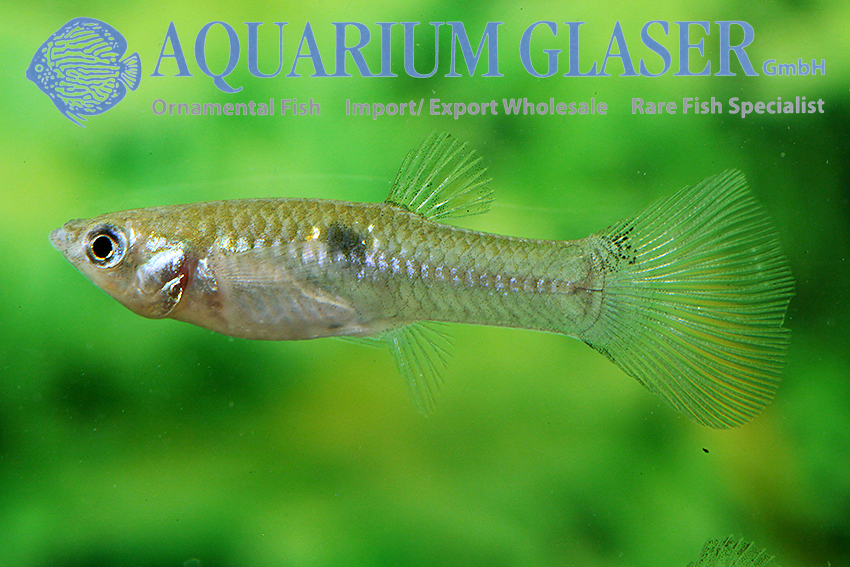
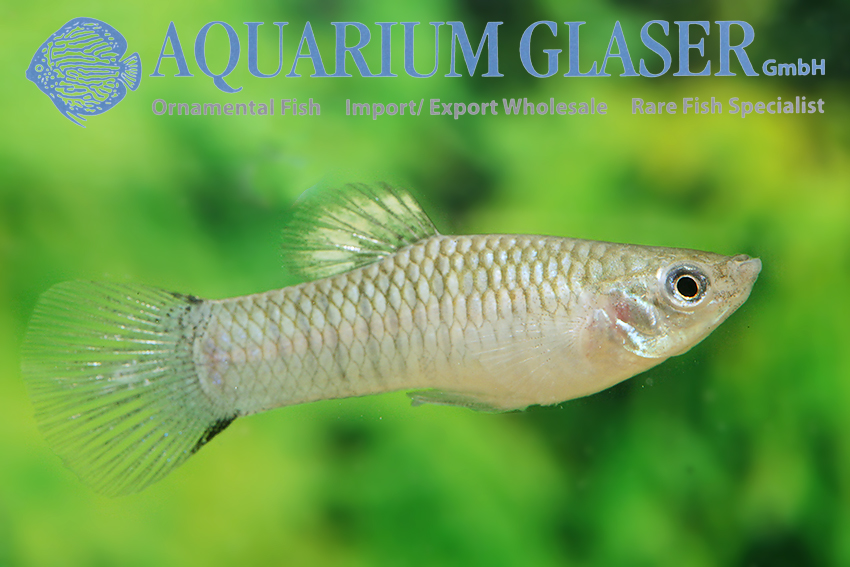
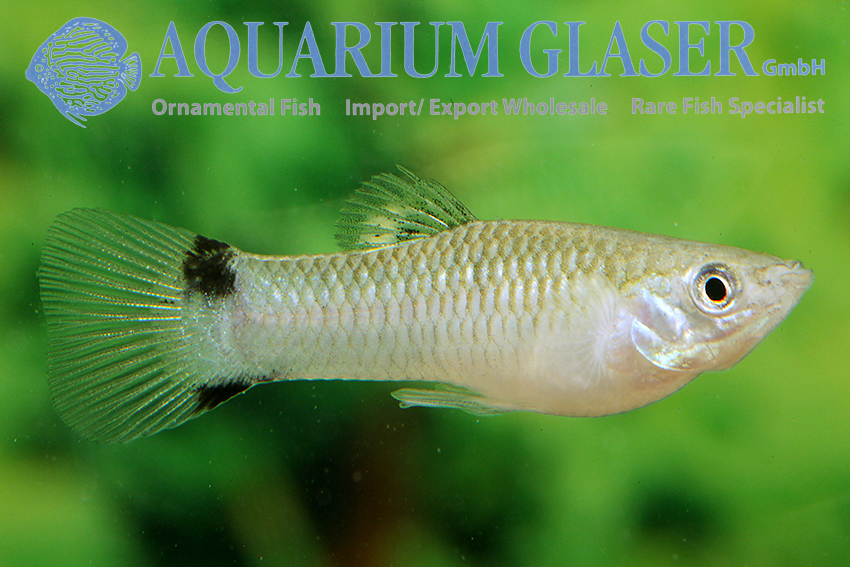
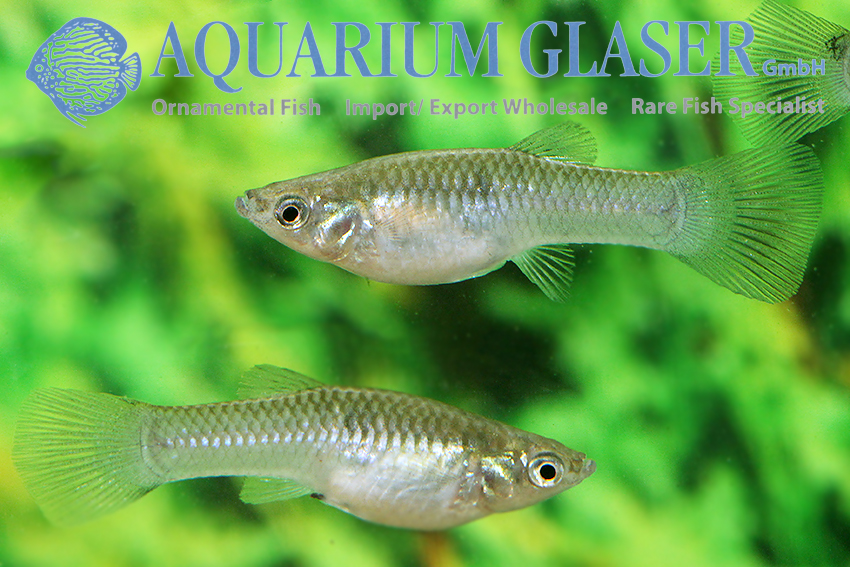
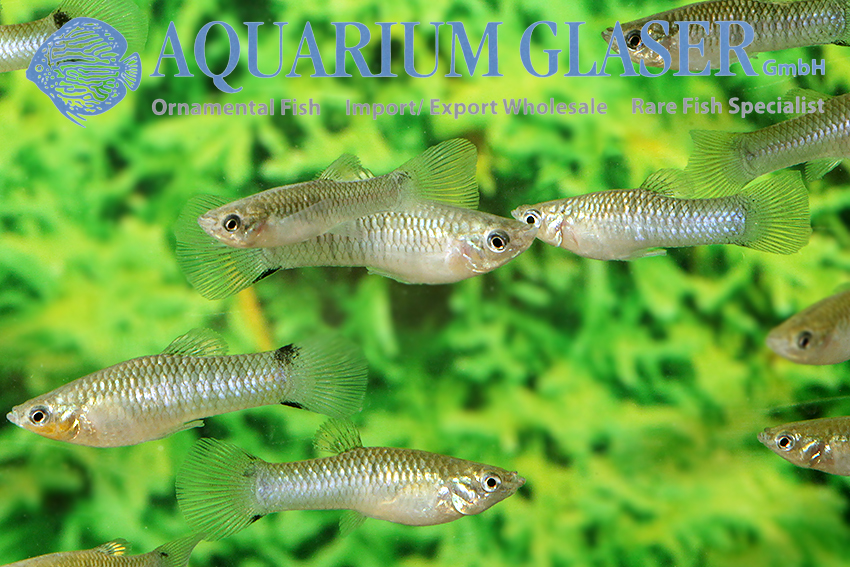
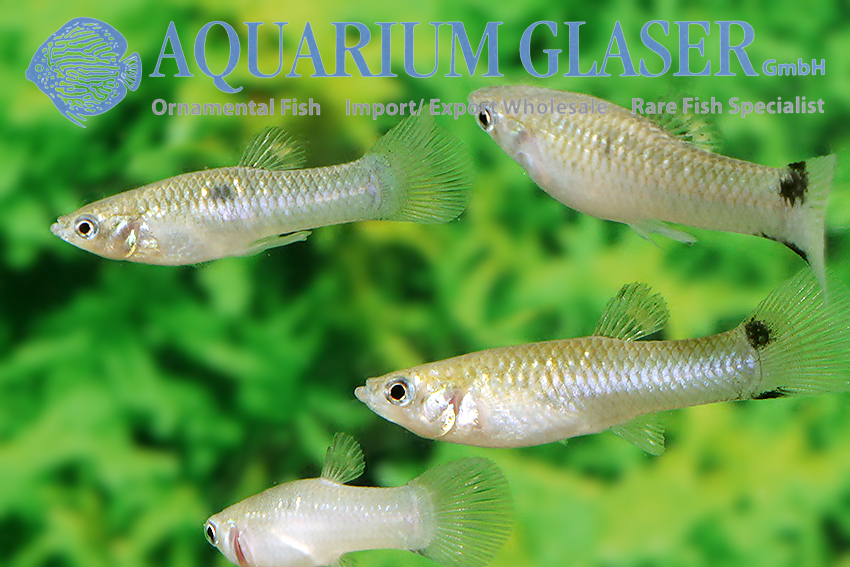
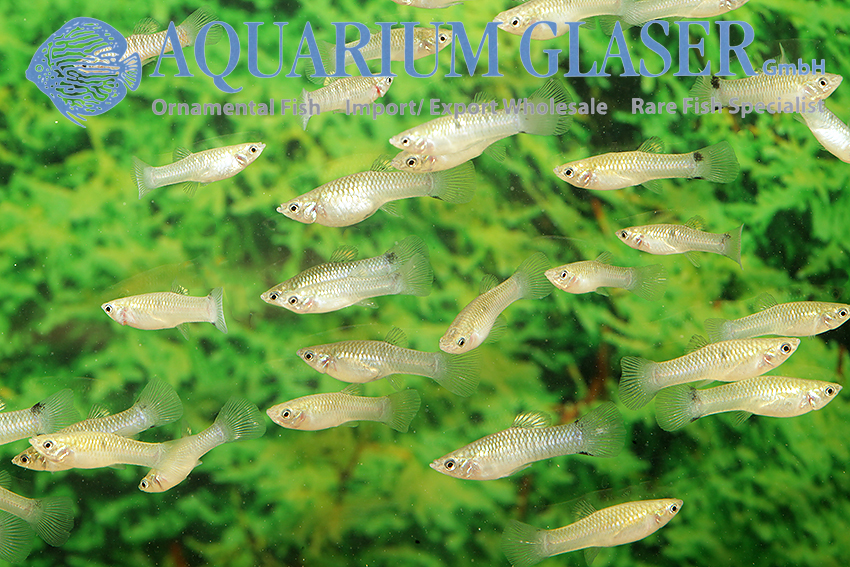
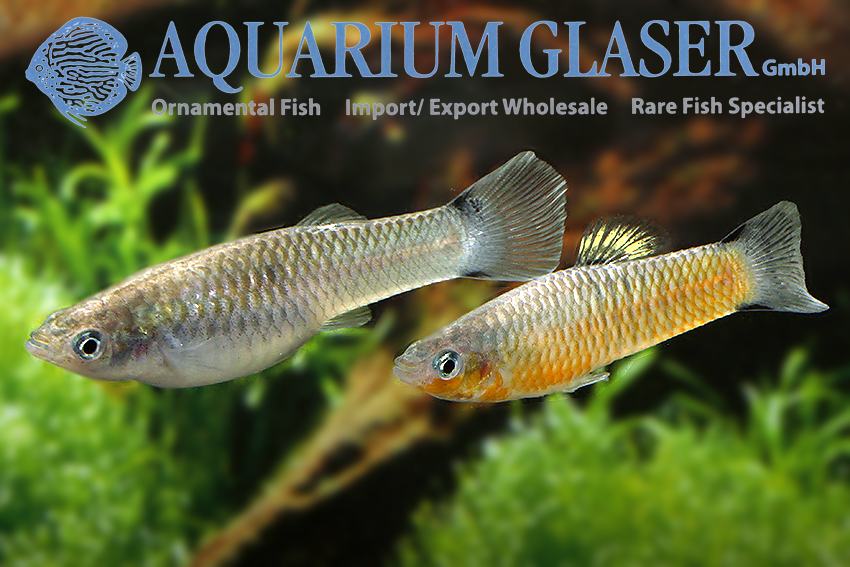
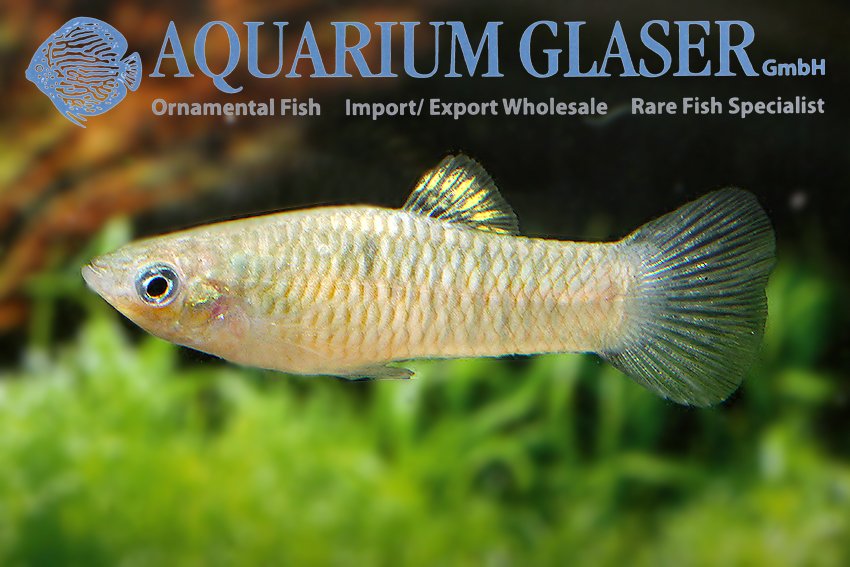
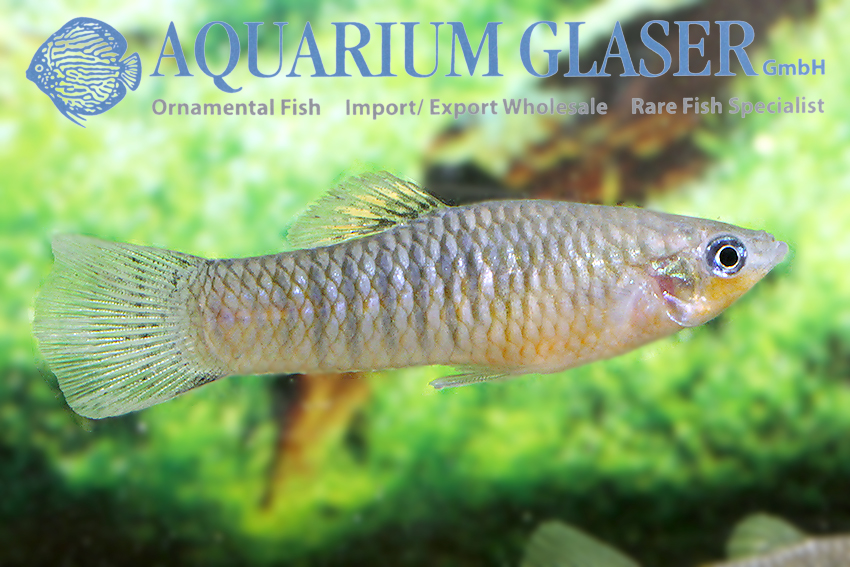
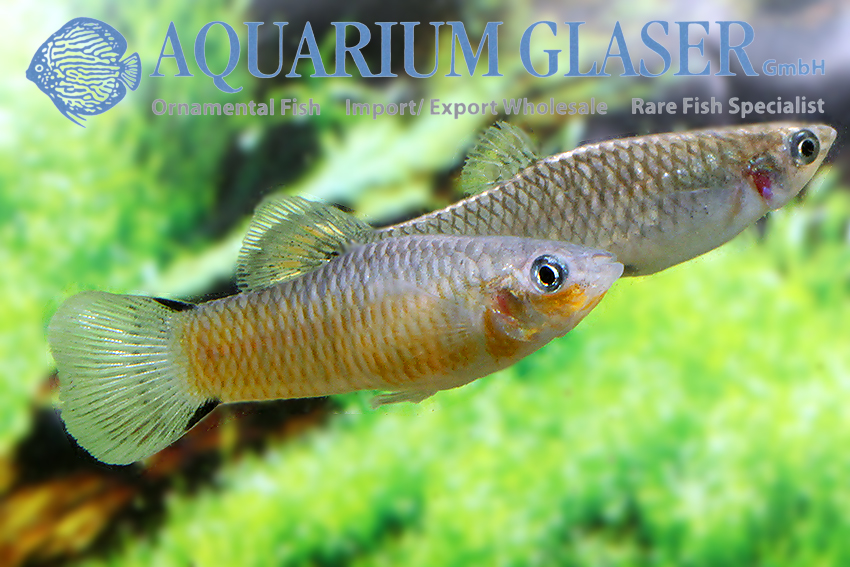
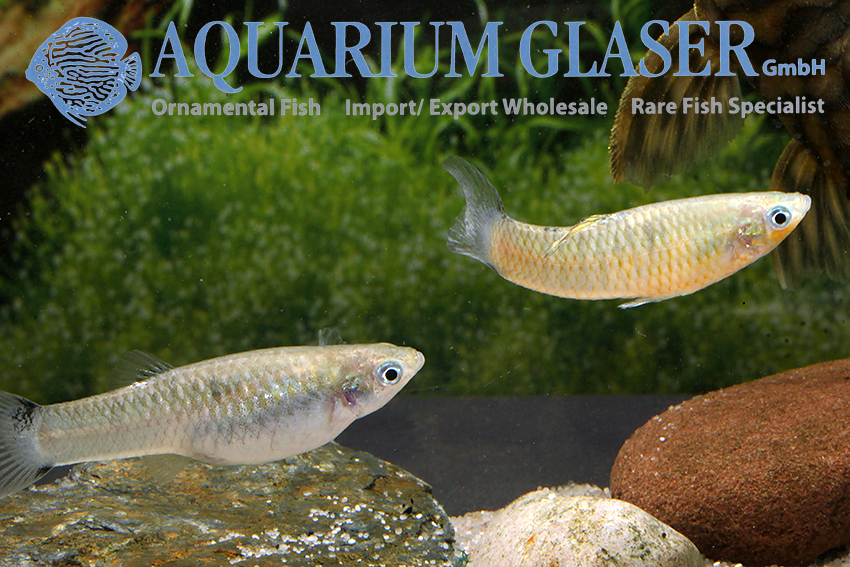
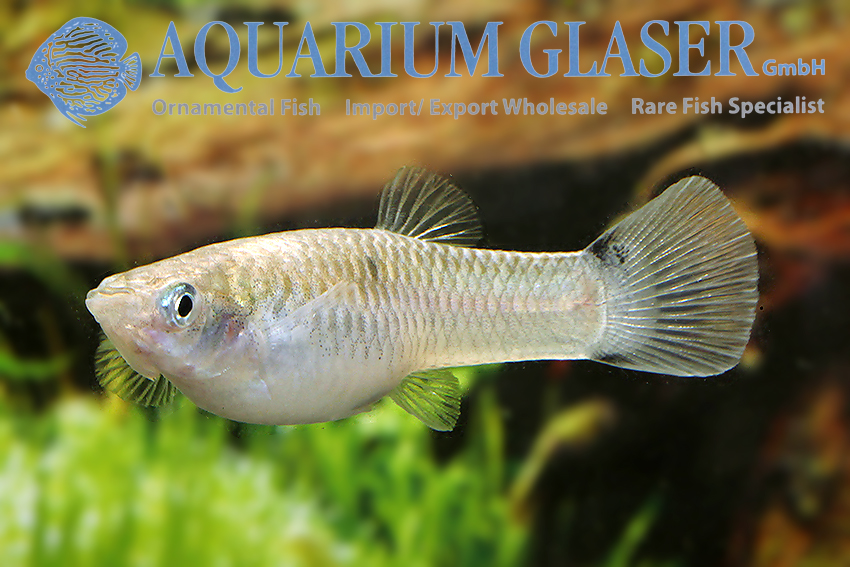
What is very remarkable about P. vivipara is its strong ability to change color. These wild mollies often present themselves with vertical stripes, but sometimes only a shoulder spot can be seen. The belly area of the males is usually yellowish or shimmering blue, but the belly coloration changes to a magnificent orange in dominant animals that are active in courtship. Observing these fish is a great pleasure. They reach a length of around 5 cm (males) to 7 cm (females) and are absolutely peaceful.
For our customers: the fish have code 280993 on our stocklist. Please note that we only supply the wholesale trade.
Text & photos: Frank Schäfer




